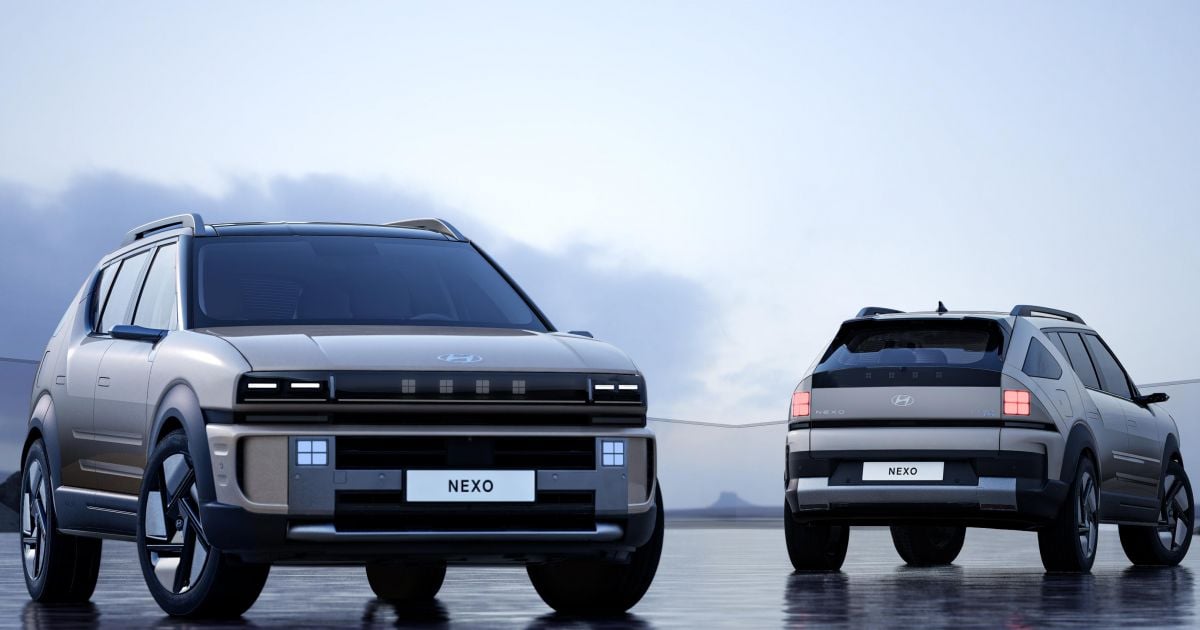
2026 Hyundai Nexo: Hydrogen hero redesigned with more range, power
Hydrogen fuel-cell electric vehicle (FCEV) technology may be niche, but that hasn’t stopped Hyundai from revealing another generation of its Nexo FCEV SUV, and confirming it for Australia.
Revealed at the Seoul motor show, the second-generation Nexo will offer a targeted range of more than 700km from a five-minute refuel.
The new Nexo’s battery is now a 2.64kWh unit (up from 1.56kWh), with its output doubled to 80kW.
Hundreds of new car deals are available through CarExpert right now. Get the experts on your side and score a great deal. Browse now.
The hydrogen fuel-cell stack produces 110kW (up 15kW) and the new electric motor 150kW (up 30kW), resulting in a total system power output of 190kW (up from 135kW).
That means the Nexo can now do the 0-100km/h sprint in 7.8 seconds, says Hyundai, compared to 9.2 seconds for the outgoing model.
The hydrogen tank’s capacity has grown from 6.33kg to 6.69kg, but Hyundai says the larger tank doesn’t compromise cabin space.
The 700km range figure is based on the Korean Ministry of Trade, Industry and Energy standard, against which the outgoing Nexo manages 609km. For reference, under the WLTP cycle more commonly used in Australia, the outgoing Nexo has 666km of range.
Hyundai has also improved aerodynamic efficiency through underbody and airflow management enhancements, while the brand’s Active Noise Control-Road system helps reduce noise into the cabin.
The Nexo features a Smart Regenerative System, which uses navigation data and the distance between it and the vehicle ahead to adjust the regenerative braking.
While this feature is available globally, the Nexo’s FCEV Route Planner will be offered only in Korea. It incorporates charging stations into routes, showing the distance to empty at key waypoints and offering real-time info on hydrogen stations.
The new Nexo is 80mm longer than the outgoing model, though it rides an identical wheelbase.
| Length | 4750mm |
| Width | 1865mm |
| Height | 1640mm (1673mm with roof rack) |
| Wheelbase | 2790mm |
| Boot space (SAE) | 993L (1719L with rear seats folded) |
The styling is based on the Initium concept unveiled last October, and with its sharper lines it has an appearance that fits in much better with recent Hyundai products than the 2018-vintage model it replaces.
Hyundai says it features its new ‘Art of Steel’ design language, and also has some FCEV-specific design cues like its so-called ‘HTWO’ lights named for the company’s hydrogen division.
Hyundai also says the Nexo’s ‘4 Dot Lamps’ make it recognisable as a Hyundai at night.
In Korea, The Nexo will be offered in six exterior paint colours: Creamy White Pearl, Phantom Black Pearl, Amazon Gray Metallic, Ocean Indigo Matte, Ecotronic Gray Pearl, and Goyo Copper Pearl.
Inside, it’ll be offered either with an Obsidian Black colourway, or a choice of two two-tone options: Serene Grey and Mosi Ivory, and Dark Teal and Obsidian Black.
The Nexo’s interior draws inspiration from newer Hyundai products, incorporating features like first-row Premium Relaxation Seats with leg rests.
These front seats have slimmer backs to improve knee and leg room in the rear. Rear headroom and shoulder room have also been expanded, the seatback has a greater reclining angle, and the rear doors also open wider to improve ingress and egress.
There’s a 12.3-inch digital instrument cluster and a 12.3-inch touchscreen featuring Hyundai’s latest Connected Car Navigation Cockpit (ccNC) infotainment system.
This supports over-the-air updates and features wireless Apple CarPlay and Android Auto and generative AI voice recognition.
The gear shifter moves up to the steering column, as it has in many recent Hyundai products, but the padded dashboard trim is a Nexo-specific design cue.
New features include ventilated rear seats, a 14-speaker Bang & Olufsen sound system, and digital rear-view mirrors, while the ambient lighting is linked to speed limit alerts.
Other features available on the Nexo include a head-up display, dual wireless phone chargers with cooling, and fingerprint authentication.
There’s extensive use of sustainable materials throughout the cabin, including ‘bio-process’ leather and leatherette, as well as recycled PET and linen trim used for fabrics.
As with Hyundai’s EVs, you can also use the Nexo to power external appliances with both interior and exterior vehicle-to-load (V2L) outlets.
Hyundai says it’s targeting “top-tier safety ratings” thanks to the Nexo’s long list of safety features, which include:
- Autonomous emergency braking
- Blind-spot assist
- Blind-Spot View Monitor
- Driver attention warning
- Highway Driving Assist
- Intelligent speed limit assist
- Lane Following Assist (lane centring)
- Lane-keep assist
- Navigation-based adaptive cruise control
- Radar-based rear occupant alert
- Rear cross-traffic assist
- Safe exit assist
- Surround-view camera
- Forward/Side/Reverse Parking Collision-Avoidance Assist
There’s also Hyundai’s Remote Smart Parking Assist, allowing you to move the vehicle in and out of a parking spot using the key fob.
Hyundai has been investing in hydrogen technology for 27 years, across both SUVs like the Nexo and its ix35 FCEV predecessor as well as heavy trucks.
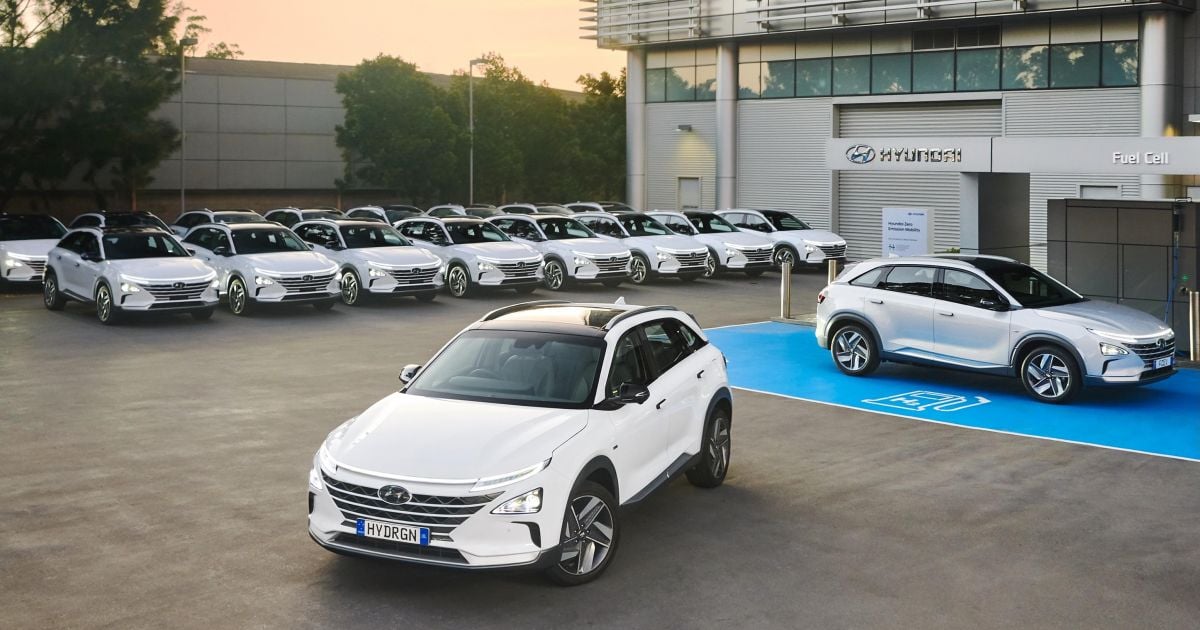
Outgoing Nexo
It has proven to be one of the most significant investors in the technology, along with Toyota, Honda and BMW.
However, FCEVs have failed to take off in Australia, largely due to the lack of models and hydrogen refueling infrastructure.
The Nexo and Toyota Mirai are the only FCEVs available in Australia, at least to companies and government departments on a lease basis, and there are just nine operational hydrogen stations including one owned by Hyundai which it recently spent $2 million upgrading.
Hyundai says it’s aware of another eight in the works, but this figure still pales in comparison to the number of electric vehicle (EV) chargers.
There are 35 Nexos currently deployed across Australia, with 20 leased by the ACT Government, five by the Queensland Government, and the rest across Woodside, Atco Gas, the Korean Embassy and Hyundai itself.
Examples of the current Nexo first started arriving in Australia in 2020. The new Nexo has been confirmed to arrive in Australia during the first half of 2026, but Hyundai says it’s yet to determine whether it will be made available to private buyers.
MORE: Everything Hyundai Nexo
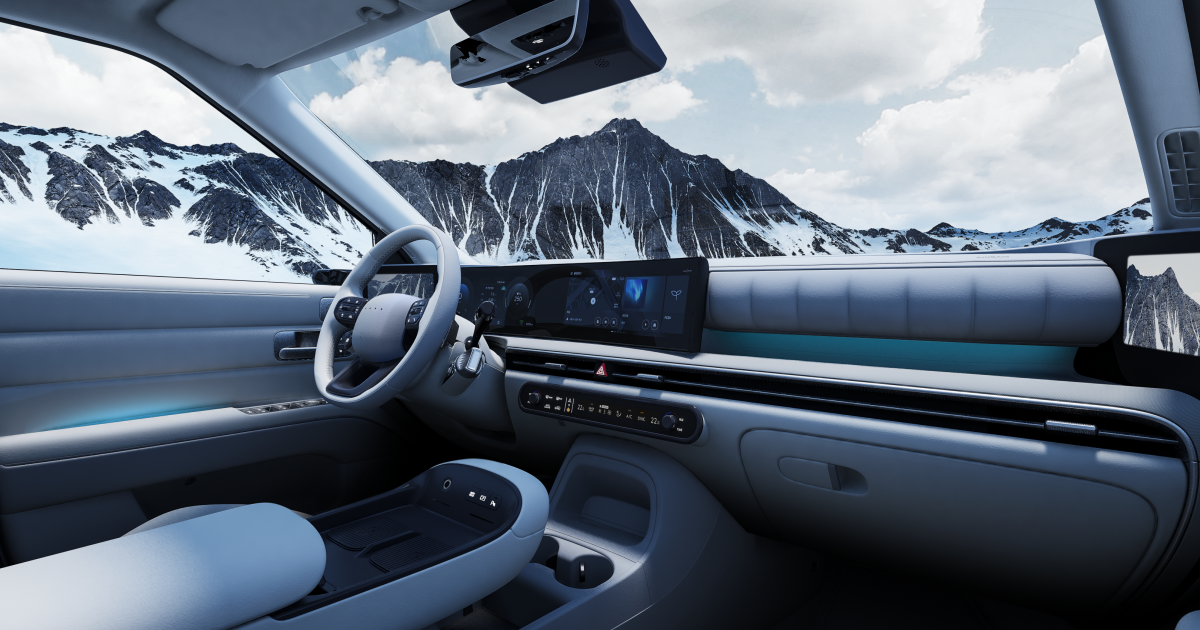
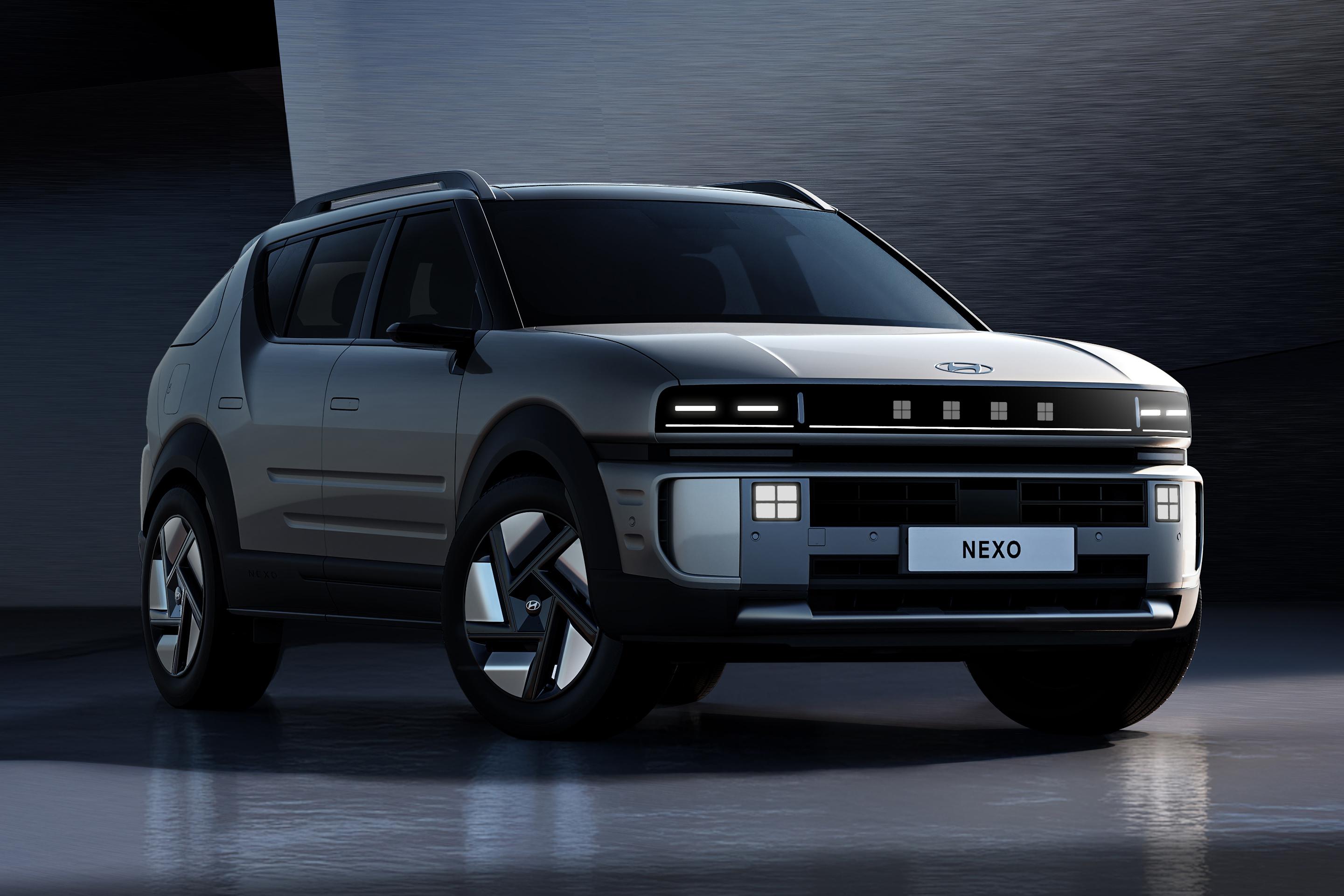
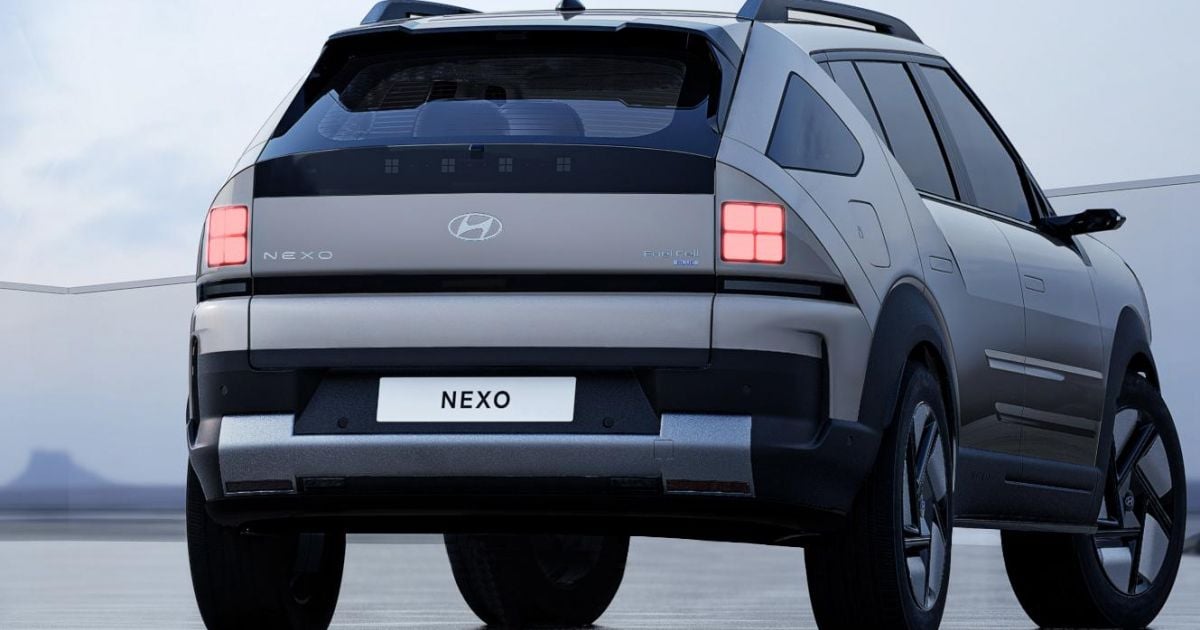
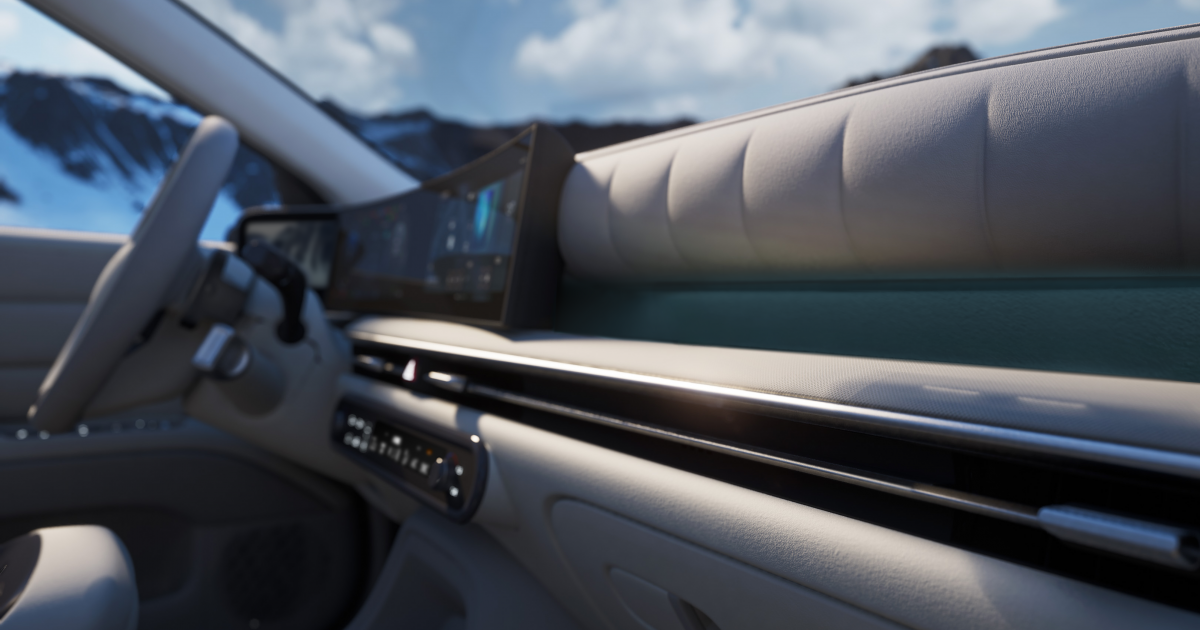
Leave a Comment